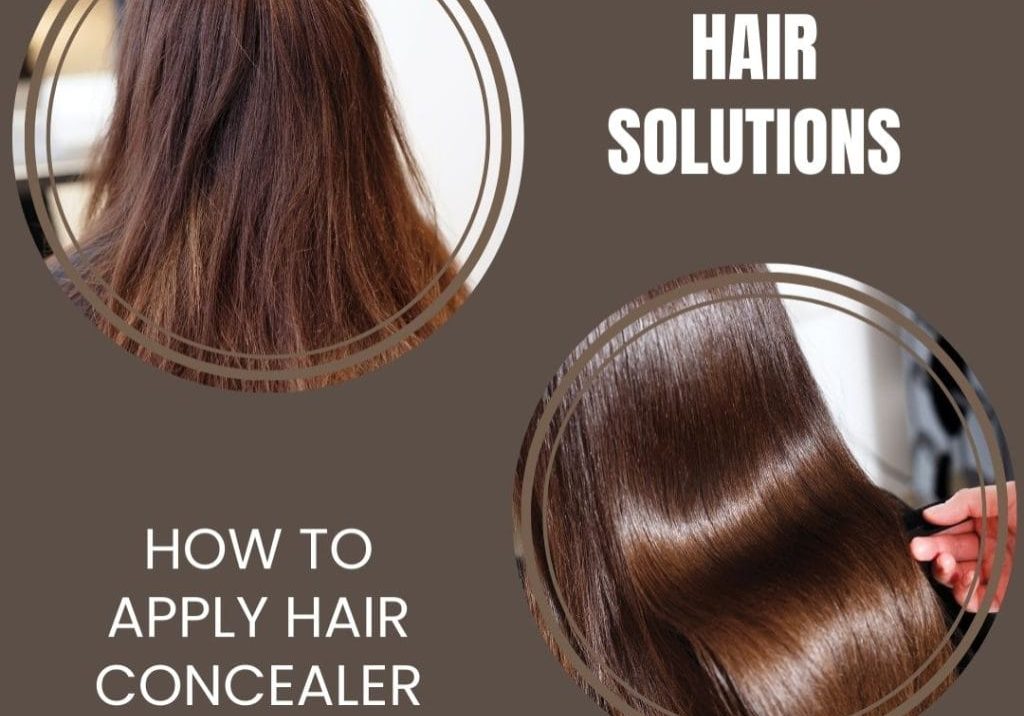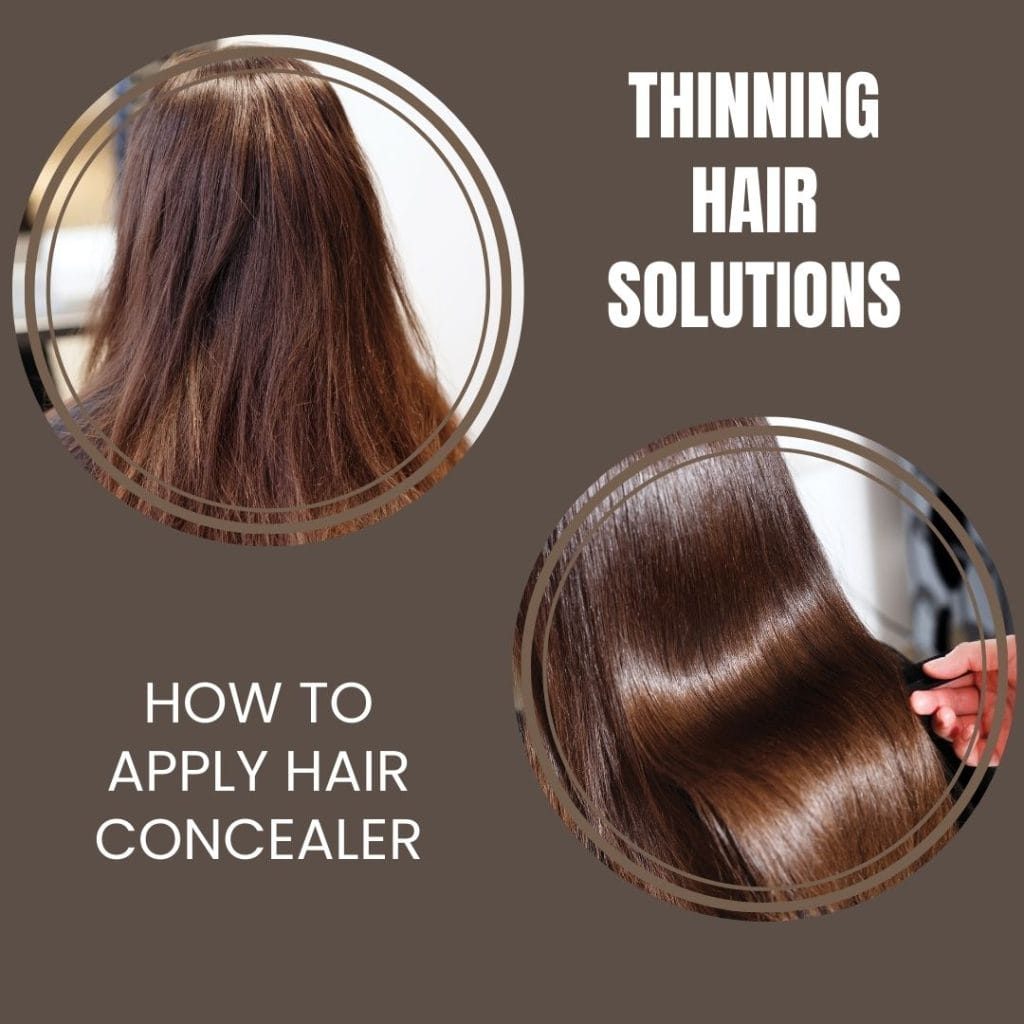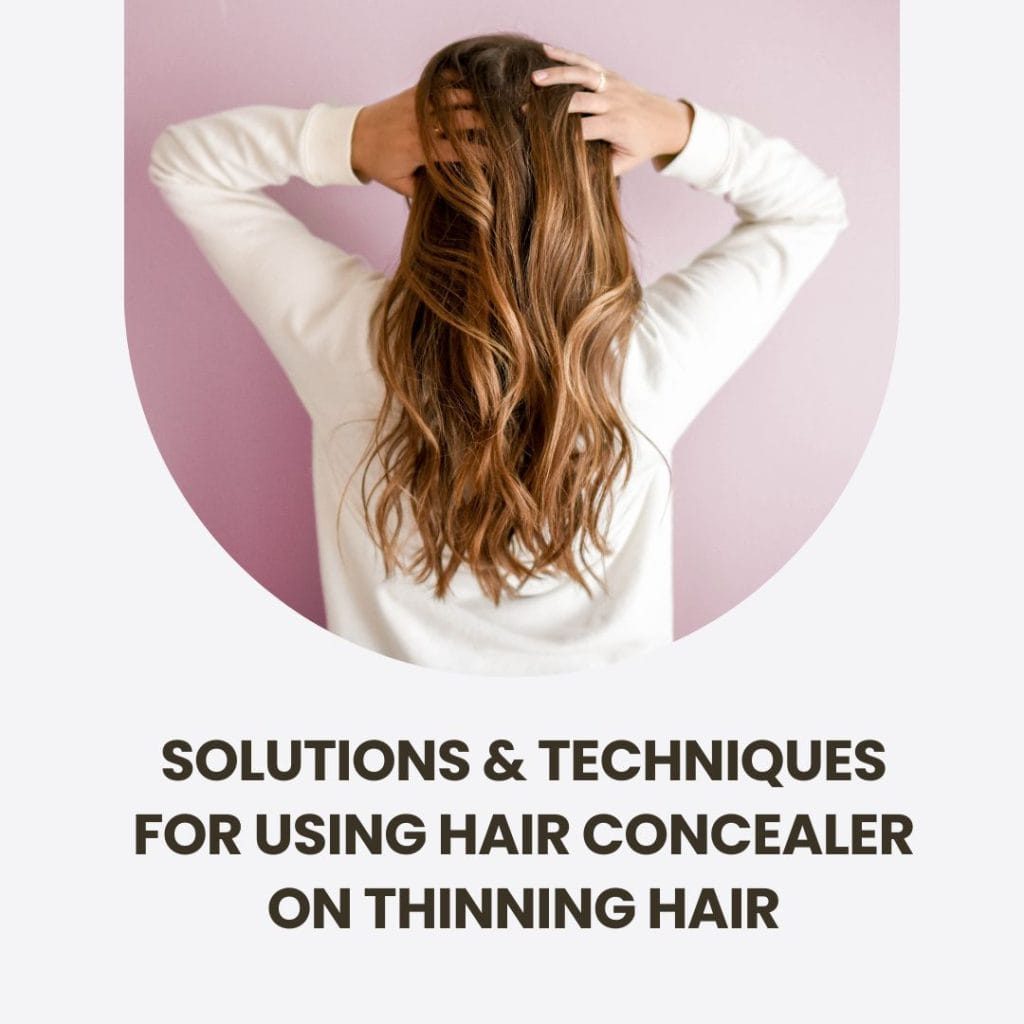Table of Contents
Concealers are the unsung heroes of the makeup world, especially when it comes to dealing with bruises. A “Concealer for Bruises” is a powerhouse product, capable of masking discoloration and seamlessly blending into your skin. In this article, we delve into the science behind concealers, specifically those designed for bruise coverage. Let’s uncover the magic behind these makeup marvels.
The Science Behind Concealers: How They Hide Bruises
Concealer for bruises works on the principle of color correction. When you look at a color wheel, colors directly opposite each other have the ability to neutralize or cancel each other out. This principle is key when selecting the right concealer to hide a bruise.
A fresh bruise typically starts off as a deep blue or purple mark. To counteract these colors, a yellow-toned concealer is used. As the bruise begins to heal, it might turn green. In this case, a red or pink-toned concealer would help to neutralize the green. Finally, as the bruise turns yellow during the final stages of healing, a lavender-toned concealer would be most effective.
By strategically applying these concealers, you can significantly reduce the appearance of a bruise, making it less noticeable. This science of color correction plays a critical role in making concealers an effective solution for hiding bruises.
Post-Op Bruise Cover Up Tutorial
Here’s a simple tutorial on how to cover up post-operation bruises using concealer.
Step 1: Clean the Skin
Before you start, ensure your skin is clean and dry. This ensures that the concealer adheres well and lasts longer.
Step 2: Choose the Right Concealer
Choose the right color of concealer based on the stage your bruise is in. A yellow-toned concealer works for fresh, blue or purple bruises. A red or pink-toned concealer is effective for green bruises, and a lavender-toned concealer works best for yellow, healing bruises.
Step 3: Apply the Concealer
Using a small brush or a clean finger, apply the concealer gently onto the bruise. Make sure to pat, not rub, to avoid aggravating the sensitive area.
Step 4: Blend the Edges
After application, blend the edges of the concealer into the surrounding skin to create a seamless appearance.
Step 5: Set with Powder
Lastly, lightly dust a translucent powder over the area to set the concealer and prevent it from rubbing off.
With these steps, you will be able to effectively cover your post-op bruises, making them less noticeable. Always remember, it’s important to be gentle to avoid causing any discomfort or harm to the healing area.
HOW LONG WILL I BE BRUISED? WHAT CAN I DO TO REDUCE BRUISING?
The duration of a bruise can vary depending on the severity of the injury and the individual’s healing ability. Typically, a bruise can last anywhere between two weeks to a month. However, the bruise will undergo color changes as it heals.
In the early days, you can help reduce the appearance of a bruise by applying a cold compress to the area. This can help to constrict the blood vessels, reducing the amount of blood that leaks into the surrounding tissues.
After the first 48 hours, you can switch to applying a warm compress. The heat can help to improve blood circulation, speeding up the healing process by dispersing the blood that has accumulated in the bruised area.
Furthermore, elevating the bruised area, if possible, can also help to reduce the blood flow to the area, minimizing the intensity of the bruise.
Lastly, over-the-counter creams containing arnica can also help to minimize bruising by reducing inflammation and swelling.
It’s important to remember to consult with a healthcare professional if your bruise is extremely painful, large, or doesn’t improve with time.
HOW DO I COVER MY BRUISES AT HOME?
Color correction, a technique mastered by professional makeup artists, is utilized to balance uneven skin tones, hide imperfections, and define facial contours. This method is relatively simplified when used for concealing bruises, yet it relies on the same foundational principle – the color wheel’s guidance to select the ideal concealer color that will counteract the bruise color. It’s essential to remember that the color of your bruise will evolve during the healing process. As such, instead of a single-color concealer, it’s more practical to acquire a concealer palette offering multiple corrective colors. This can cater to the bruise’s color transitions which typically initiate as shades of red and purple, eventually shifting to brown and yellow before finally disappearing.
LET YOUR INNER ARTIST SHINE!
Embracing the art of concealing bruises with makeup allows you to take control of your appearance during the healing process. It’s about more than just hiding imperfections; it’s an opportunity to express your creativity and enhance your skills.
The color wheel is your palette, and your skin is the canvas. As your bruise changes colors, you adapt and adjust your approach, like an artist adjusting to the shifting light of a landscape. This process can be empowering and even fun, transforming a negative into a positive.
So, let your inner artist shine! With a concealer palette in hand, turn a bruise cover-up into a masterpiece.
APPLICATION TECHNIQUE – Neutralize Then Blend
The technique for applying concealer to hide bruises is straightforward but requires careful consideration to avoid contact with stitches or incisions, especially post eye-lid surgery. The steps are as follows:
Preparation
Before applying any makeup, cleanse your face gently, paying heed to areas with stitches or incisions. Then, moisturize your face, but again, avoid applying directly on the stitches or incisions. If you’ve had eyelid surgery, ensure you do not put any makeup or concealer on your upper lids due to the incision in the crease of the lid. Also, exercise caution if you’ve had a lower eyelid lift to avoid applying concealer too close to the thin incision under the lower eyelashes.
Neutralize the Color
Once prepared, the first step involves neutralizing the color of the bruise. Choose the hue that matches your bruise according to the color wheel and cheat sheet provided. Apply the corrective colors with a small firm makeup brush or your middle finger, patting it on for the best result. To get the perfect color match, you can blend different shades on the back of your hand, which serves as a good artist’s palette. This method also helps control the amount of color you apply to your bruise. Remember, it’s better to build the color up slowly, rather than applying it all at once. Once the bruise’s color is neutralized, use a makeup sponge to blend and lift some of the product off, ensuring it isn’t too thick on your skin.
Step 2: Blend with Foundation
In the final step, lightly pat your regular foundation over the neutralized area and the rest of your face. Use a clean makeup sponge to gently blend the foundation until your skin tone appears natural and even. This may take some practice, but don’t worry, you will have ample time during your post-op recovery to perfect your technique.
CHEAT SHEET FOR CONCEALING BRUISES AT HOME
Here are the guiding principles for choosing the right concealer color to neutralize various stages and types of bruises:
- Red Bruises: In the initial stages, bruises may appear red due to blood leakage into the surrounding tissue, causing significant discomfort due to pressure on nearby nerve endings. A green concealer, being the opposite of red on the color wheel, helps counterbalance this redness.
- Blue-Purple Bruises: These occur when hemoglobin escapes from red blood cells, leading to a red-blue coloration. Deeper dermal bruises might appear black or bluish, while those closer to the surface tend to be more purple or red. At this stage, bruises are generally at their darkest and hardest to camouflage. A yellow concealer is an excellent choice to neutralize these purple and blue hues.
- Yellow Bruises: As healing progresses, bruises may turn yellow. A purple or lavender concealer should be used in this case, as it is the opposite of yellow on the color wheel.
- Blue Under-eye Circles on Darker Skin Tones: An orange concealer effectively neutralizes blue under-eye circles on darker skin tones.
- Blue Toned Bruises on Lighter Skin Tones: A pink concealer works well for neutralizing blue-toned bruises on lighter skin. Choose pale pink for fair skin and salmon or peach tones for medium skin.
Remember, if your palette lacks the necessary hue, you can blend these colors on your hand using a mix of red, orange, and yellow. While waiting for your bruise to heal, these concealing tips will make life more bearable, helping you face the world with confidence. For those with darker skin tones, consider investing in a concealer palette with darker hues.
Conclusion
In conclusion, the art of using a ‘Concealer for Bruises’ is a powerful tool to enhance one’s confidence during the healing process. By understanding the changing colors of a bruise and utilizing the color wheel, you can masterfully neutralize any bruise. Remember, a good concealer palette is your ally, turning an unfortunate bruise into an opportunity to let your inner artist shine. So, embrace this makeup magic and face the world fearlessly, even with a bruise on the mend.






